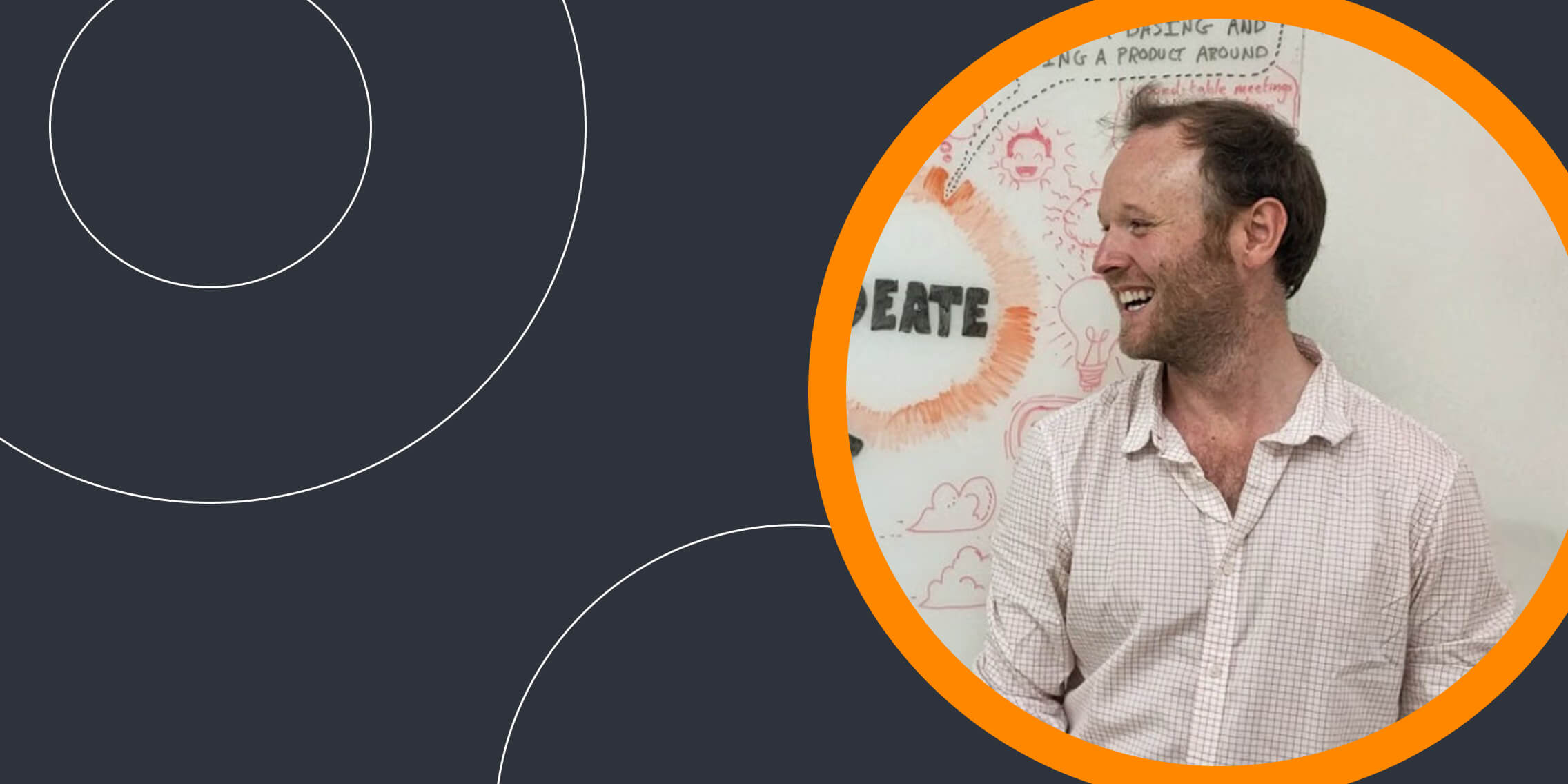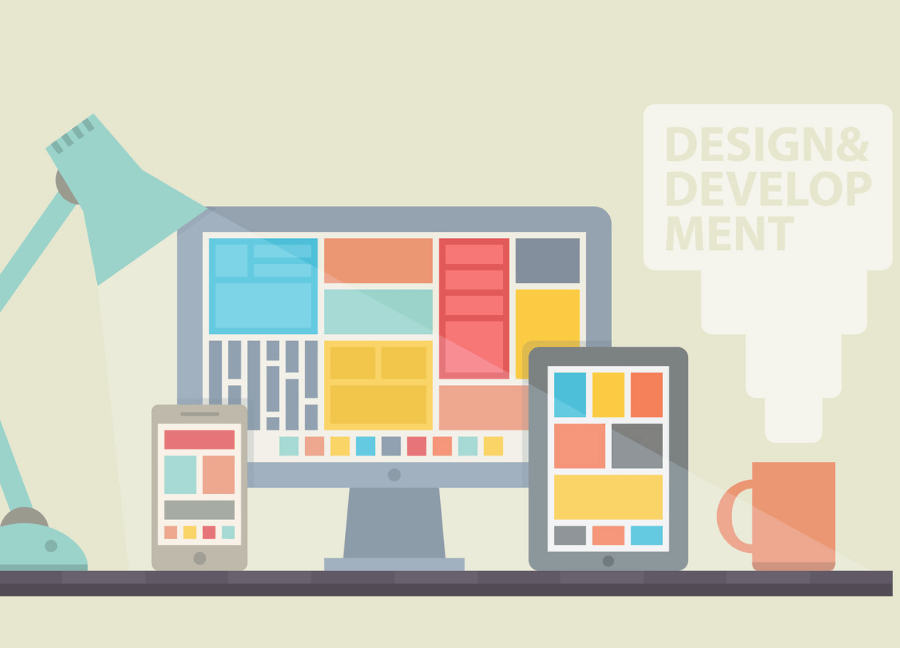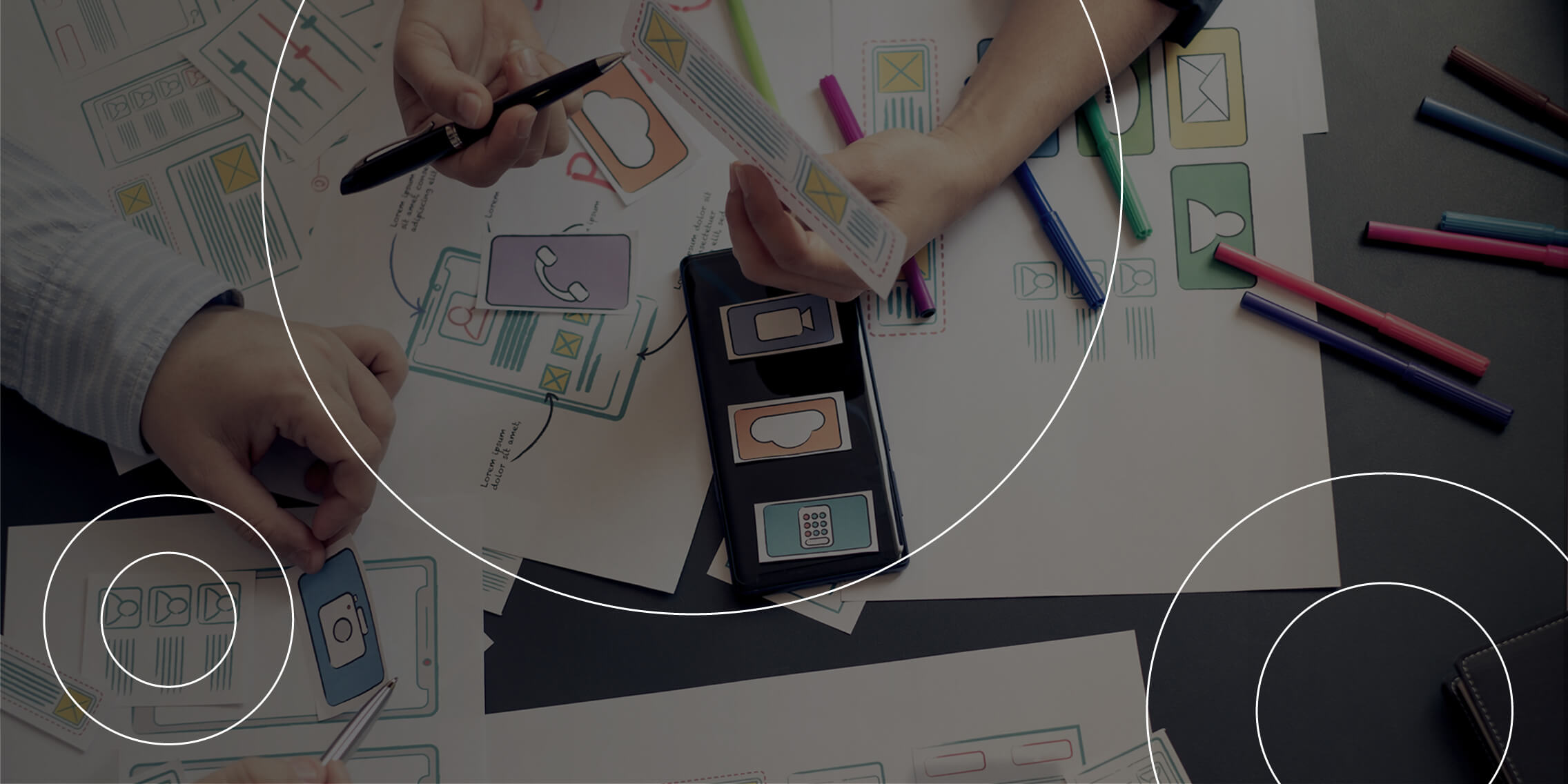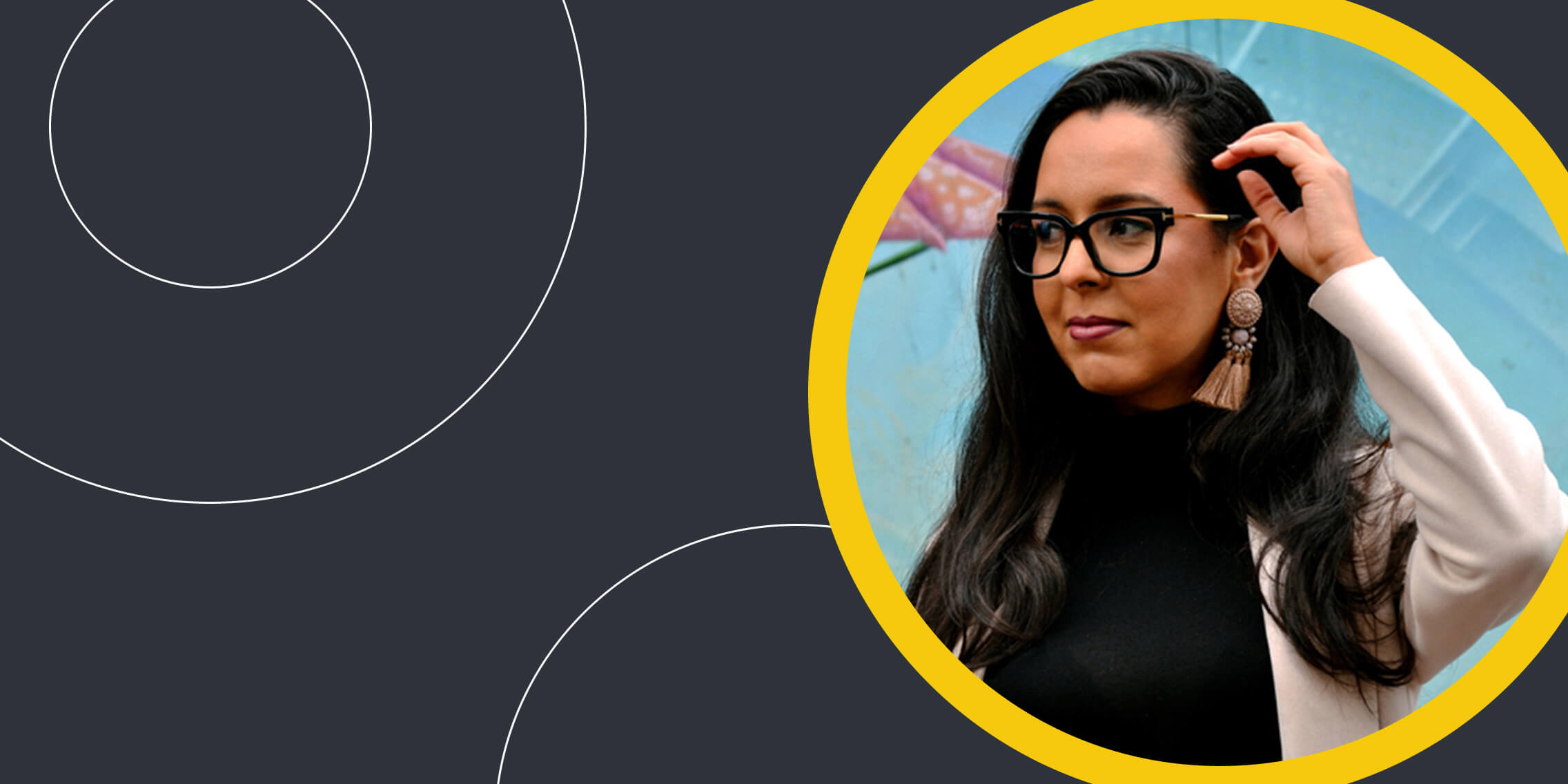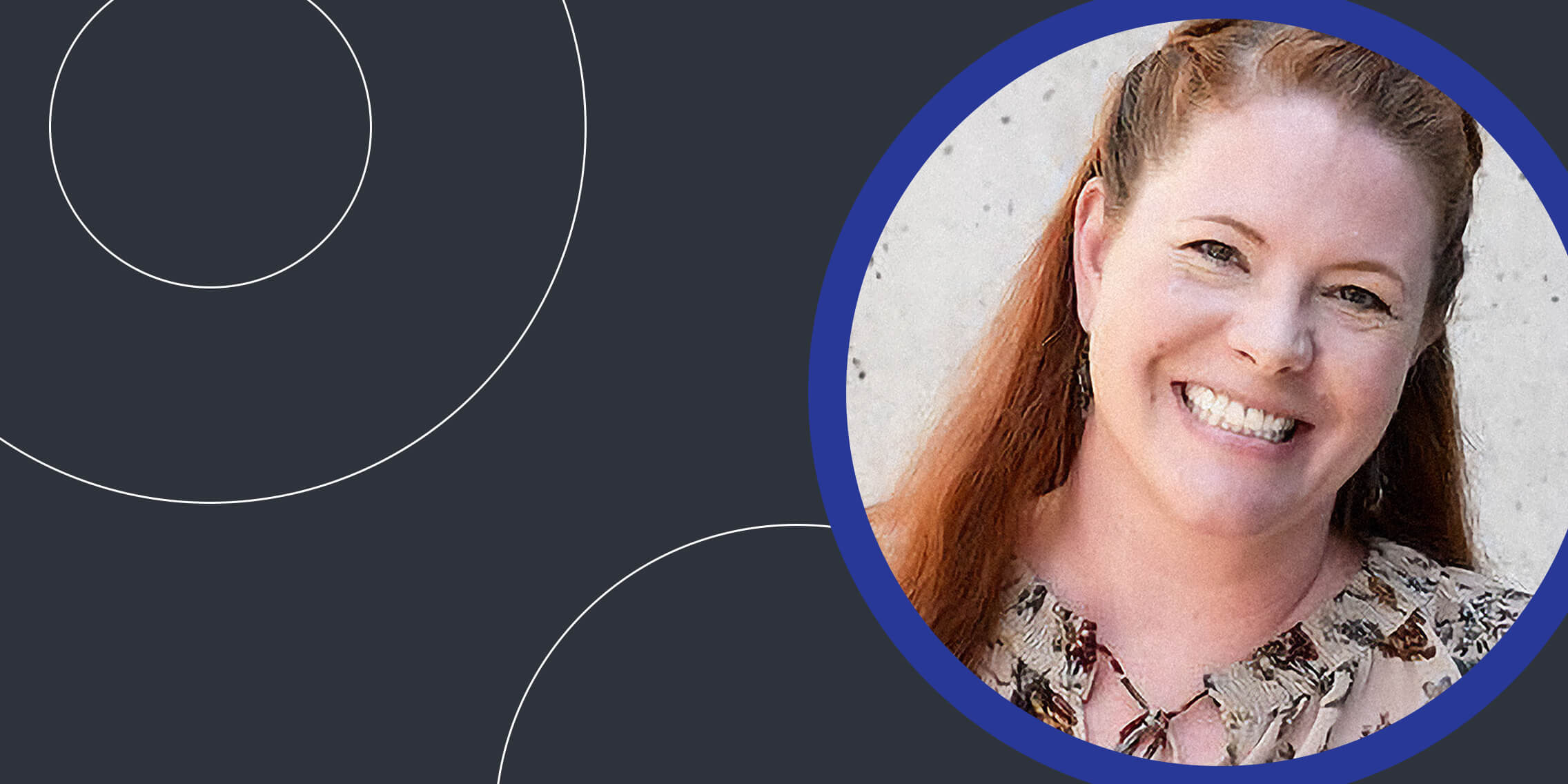Stories of how people end up working in UX are as varied as the career backgrounds that they come from.
Starting off as a web designer and developer in 2004, Andrew Shanley went on to climb the UX career ladder to become Director of Experience Design with international agencies Beyond and R/GA.
His UX career took him from studying in Manchester, to working in London and across the pond to New York, his current base. Andrew, who is originally from Stockport in the UK, reflects back on his journey into UX and some of the lessons he’s learnt along the way.
Can you remember what you wanted to be when you were younger?
“I think I wanted to be a footballer when I was little. When I got to sixth form college, I had no idea really what I wanted to do. But I had passions – there was this new thing called the Internet. I spent a good amount of time on it – you know, dial up modem, back in the day. I was really fascinated with how things existed online. Back then, people were still getting acclimated to what the Internet was and, more importantly, how to use it.
“Nowadays, it’s hard to imagine a situation where the Internet doesn’t play a role front-and-centre in a company’s brand and/or product offering. But back then, the Internet was almost like this distant supportive mechanism for simply drawing people in to advertise or sell something that most likely existed within the physical world. It was a very peripheral experience.
“For me, however, this was great because it gave me a low barrier of entry to get into it at the time. I quickly understood domain names and web hosting, learnt how to write HTML and CSS, and I put my first website live!
“I remember buying my first digital camera in 1999 while at college. My friends were fascinated that I could shoot pictures on a Friday night out and then I’d have them up on a website the next morning so everyone could flick through them. Remember, this was four years before MySpace and Picassa and five years before Facebook.”
What did you study at university? Did you enjoy the course?
“I went to Manchester Metropolitan University where I earned my Bachelor of Science in Information and Communication Technologies. In hindsight, it was the closest thing to Human Design Interaction I could find at the time.
“It had parts in web design and user-centric research, parts in information systems and knowledge management, even database theory and a bit of psychology. There were all these interesting modules that I can look back on now and see how they were very relevant to the area and expertise of user experience.
“On the sideline, I was also learning more about web technologies. I spent a lot of time figuring out what kind of experiences I could create and then worked out how to build them – usually through plenty of trial and error. At one point, I even got deep into Flash. I felt like my passion and side projects were equally complementary to my degree.”
Your first job after college was as a Web Designer and Developer with an agency?
“I joined an agency called Clock, who were in Watford, just outside of London. I was employee number eight at the time. It was super interesting – I started as a web designer where, back then, your canvas for creating something was HTML and CSS.
“Nowadays, there are plenty of methodologies to understand and work through, from researching and understanding persona work, creating user flows, information architectures (IA) and wireframes, getting concrete ideas and prototypes into Figma, Sketch, Invision or similar, before working closely with engineers – who now have taken on the brunt of the development work.
“But back then, it was the designers who undertook front-end web development responsibilities. To be honest, I got the inkling that pretty much everybody was doing something similar when working as a web designer back in those days. So while I began my career off as a web designer, it was really 75% development and 25% Photoshop.
“I did that for a couple of years before I found myself getting deeper into IA. You see, while UX certainly existed, it wasn’t a recognised title back in the mid 2000s. Information Architecture was more of the recognised position.”
What was it that interested you about getting into UX?
“It was the same curiosity that got me interested in web design. When I joined Clock, I never felt completely satisfied designing somebody else’s solution. I know that sounds strange but I was always intrigued about why I was doing what I was doing. And also, making sure it was the right solution rather than relying on what sometimes felt like blind faith.
“When you begin talking with stakeholders and clients, you begin to form your own rationale about whether they are suggesting the right solution; reframing the brief, as it is often referred to now. I would ask myself whether they fully understand the problem that they’re trying to solve.
“As soon as you get into this headspace, you begin to touch on what problem is being solved for who; essentially the user-centric side of the equation.
“Getting deeper into IA as a form of preliminary design helped me gain a hotseat at the table. I could present preliminary designs to stakeholders and have the opportunities to talk to them about what they wanted to get out of them, and what was informing their decisions. This led me more into the natural avenue of being more user-centric. It was always a strange curiosity I guess, of just wanting to understand more about why we were doing what we were doing.”
You left Clock to work in contract roles and in agencies. People say you really cut your UX teeth when you work agency-side – would you agree?
“I worked agency-side for a number of years and cut my teeth on various projects for the BBC, Channel 4, News International, Eddie Izzard, The League of Gentlemen, and even JD Wetherspoon. I worked closely with a wide group of clients.
“The thing I really enjoyed about going freelance after that – and I contracted for around a year and a half – was that I was able to gain a ton of experience in many diverse industries and workplaces. There were some small companies that had that boutique agency vibe and some significantly larger companies that had a ton of developers, designers, UX-ers and so on.
“It was through contracting that I gained more exposure to all the different teams that are important in this increasingly maturing digital space: sales, marketing, acquisition, implementation, customer success, and so forth. Not so coincidentally, this was around the same time when digital experiences were becoming productised, with companies turning ‘digital-first’, where their digital offerings were truly front and centre.
“I started to discover that a lot of the digital team like the web design team were becoming more integrated and working more closely with the likes of sales, support, acquisition and so on. So I thought that was an interesting time to get into freelancing and get exposure to that kind of thing.”
Then you joined Beyond to set up their user experience function?
“Before I joined Beyond, I spent a year working with Razorfish in London. It was a lot of fun. I was leading UX on a bunch of really high-profile projects for the likes of Audi, McDonalds and O2. After Razorfish I moved to Beyond and the first project I worked on was designing the Google Cultural Institute platform, which is known today as Google Arts and Culture.
“I defined the majority of the UX for the Cultural Institute and I got to work closely with Product Managers and engineers over at Google. Myself and a couple of colleagues were working three or four days in Paris, then a week or so back in London and then back to Paris again, for about six months. It was quite a gruelling but incredibly rewarding experience.
“When I was first brought into Beyond in 2012, the design team was quite separate from their research and insights team. There wasn’t really a fluid connection between the two teams. It was up to me to use UX as a middle ground to help join those two incredibly complementary teams together. I had already built up some great relationships with these teams within those first six months working on the Cultural Institute.”
Was there much of a persuasion piece needed when establishing UX in the company?
“Yes and no – while some people didn’t need persuading, a few did. There was a lot of – and I don’t know if I like the word – evangelisation of what UX is and how it could support the business. But then when you’re evangelising, you’ve got to be careful that you don’t come across as overly preachy because, for some people, they may just turn off – which makes your job ten times more difficult. It was really trying to find moments of education through demonstration, rather than educating just because I happened to know about UX.”
Then you moved over to the States?
“Yes! Because I was the first UX-er at Beyond, and when projects started to appear that increasingly required me to work with and from the States, in 2014, I eventually moved to our New York office. I hired a new Lead UX to replace me in London. I also hired San Francisco’s Lead UX.
“I played this overarching role as Beyond’s Head of UX for about a year or so. But I don’t really believe in trying to have a central power or ownership over a domain like UX. I’d argue also, at the time, Beyond wasn’t yet large enough to support that level of hierarchy. And so, the London and San Francisco UX teams naturally grew independently under their respective leads. But it was really great to know that I had helped to establish our UX offerings in Beyond’s other key markets.”
Are there any particular projects that stand out for you during your time at Beyond?
“One of the most significant projects for me was the redesign of Virgin.com. In fact, I believe it created a bit of a turning point for Beyond. You see, before we won Virgin, Beyond was focused on some really cool but relatively small (in comparison) projects and we were just beginning to find our feet inside of Google.
“And then Virgin came along at the end of 2012. As soon as we launched the site, people were like, ‘This is a really good-looking site, it’s really engaging, the content is great!’ The engagement on the new Virgin.com site increased significantly and people who saw the site began wondering who had created it.
“We used our experience through that project and ran some successful PR off the back of it to gain even more confidence, clients and contracts. I think it was a fantastic point in time for the company. We also worked on some really interesting projects for Viacom – including the creation of their 10,000-employee intranet along with redesigns of a number of super-complex internal products and platforms.
“I also led the UX for other Google projects including DoubleClick.com (which is now part of Google Marketing), Chrome for Work and a very cool internal Google platform which I can’t share too much detail about right now. The six months before I left Beyond, I was working very closely with Just Eat out of their London office, leading an updated UX-focused redesign across their customer apps.”
Why did you decide to leave an agency to work product side?
“The best product outcomes came from running a lean, collaborative and iterative methodology; one that involves frequent experimentation and ongoing user/customer validation. What you need with this is frequent access to end-users and their data; with whom to test and interiew. And when you release something frequently, as you should in a well-oiled product-centric process, you need to understand how that release is performing within its market. You need constant access to data.
“I found that, within the agency world, there’s this element of “client potluck” as to whether you, as a commissioned third-party, are entrusted with access to users or customers, insights and data. In the absence of much of this, you find yourself trying to find proxy users or proxy data or other signals to base design decisions around.
“Additionally, it can sometimes be tricky to influence a product roadmap, and you only have a limited amount of control over the release cadence (at least from a product standpoint). Therefore, it’s tricky to really know how well this new feature or that new update that you’ve just designed and released to market is performing.
“When it’s like this, it’s hard to be totally user-centric. At Beyond, we were very fortunate as the majority of our clients trusted us to act as joint/de-facto Product Owners with a good level of roadmap access and influence. I was therefore able to run some very lean and user-centric design processes. But if you ever land a client that doesn’t think like that, maybe they’re a little more old school or work in a more restricted space (banking, pharma, etc), then it’s unlikely the team will have access to many of the UX and product-centric cornerstones.
“So I decided one day that I wanted to remove this potluck element and ensure I focus only on companies where I have direct access to the platform, to stakeholders and, most importantly, to customers.”
Would you recommend UX as a career choice? Do you have any advice for someone starting off in UX?
“Absolutely, yes. The main piece of advice that I would offer is that you really do have to make an effort to differentiate yourself from other people. Networking and making real world connections are fundamental these days.
“The two big things I look out for in someone who is looking to break into UX, perhaps through a company-endorsed internship, is that they’ve gone out of their way to apply their educational thinking as close to a real world setting as they can. You have to get out there, get yourself working on some small projects – even if it’s for a friend of a friend. Do what you can to demonstrate that you’re going the extra mile.
“The other thing is complete enthusiasm, I can’t overemphasise just how much that’s needed – especially if you’re fortunate to reach a telephone or face-to-face interview. You need to come into an interview showing 100% this is what you want to do.
“If I sense a lack of passion for the space, no matter how good you are, that would be a red flag for me. You would probably not get any further, no matter how good you are. The ability to learn, ability to be open and having passion – those are the things that are going to put you right at the top of the pile.
“Think about it this way: if you have ten similar resumes or portfolios in front of you but just one of them demonstrates the above, then that’s the one that’ll win out. Every single time. It’s the difference between coming a close second, and getting that first exciting step on the UX career ladder.”
Enjoyed Andrew’s story?
Read about one UX-er’s move from marketing/sales to UX – How I got into UX – Becca Finnegan.

